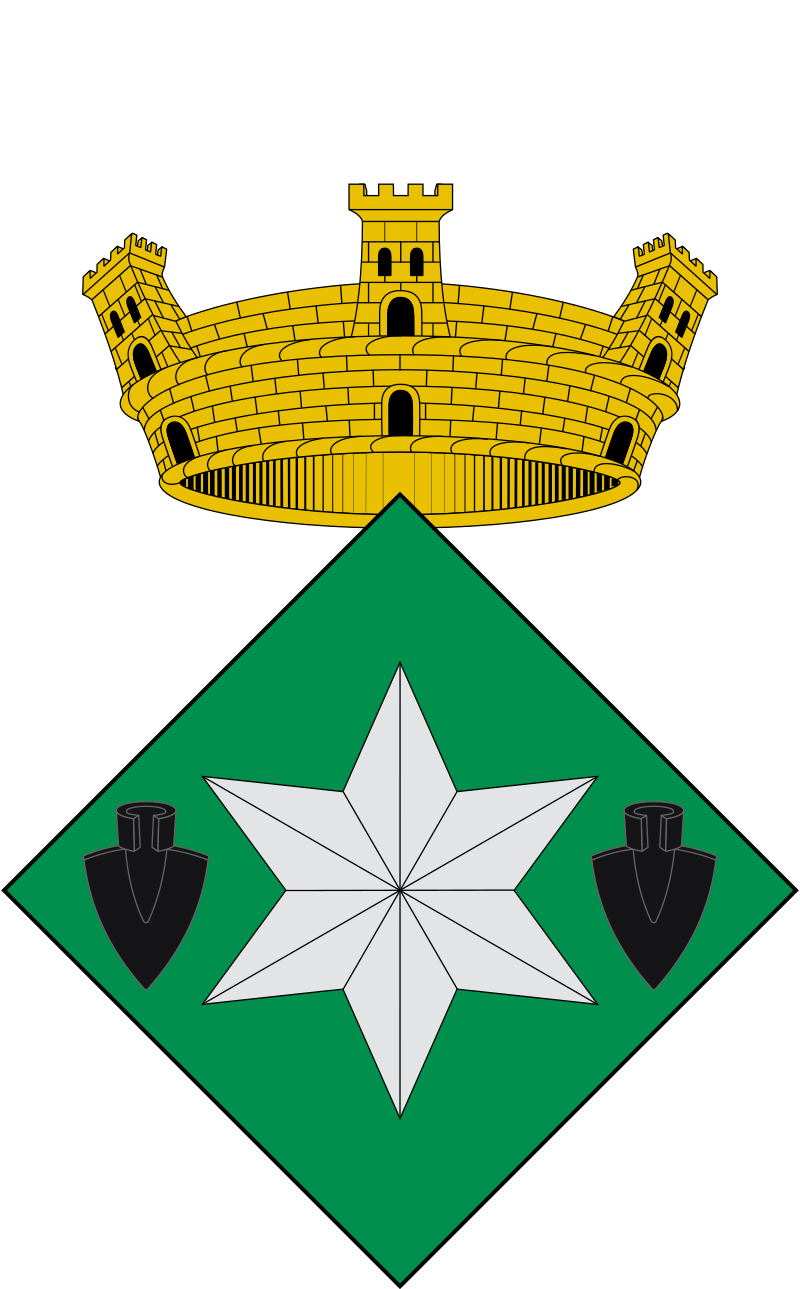Point 15. SPACE FOR SYMBOLISM AND POWER IN REPUBLICAN CASTELLOT
From the Republican period two associated small buildings have been documented that might represent spaces of a symbolic nature, perhaps linked to the centre of power at the time. The first consists of a small space on a more or less rectangular floor plan, dug into the ground, measuring 2.5 metres long by 2.2 metres wide. It is defined by a small perimeter wall no more than 30cm thick, built of small stones and clay mortar. The wall surrounds the whole structure on the inside, except the southern segment, where there is a 90 centimetre-wide doorway in the centre of the stretch of wall. The small building is laid out according to the cardinal points of the compass, deviating only 4º from north, as is habitual in Roman ritual buildings.
The floor inside consists of a pavement of slate flags of different sizes, while it was roofed with portable materials, a mixture of small branches and compacted clay.
Despite the fragility of the structure, repairs to the foundations were found at the south-western corner, confirming that it was meant to last a long time.
This must have been a small building with a ritual or cult purpose, perhaps linked to the founding moment of the Republican era, with a single floor on which different religious activities might have gone on (the presence of an alter, reading divine signs and so on).
The second building is just beside the first, at its eastern corner, and also belongs to the Republican phase. It consists a rectangular room some 5.5 metres long by 2.4 metres wide, with a clay floor. It had no partitions of any kind and there is no evidence of an upper floor.
Inside it two instruments related to writing were found: an iron double spatula used to wipe texts off wax tablets, and a ring with a signaculum, used to seal documents of this kind. A dagger was also found. All these objects, clearly linked to the late Republican Roman military sphere, were very common in administrative contexts, in which goods and people had to be recorded, listed and supervised.
The association of these two structures, the difference between them and the other buildings of the same period (especially the small size of the first of them), their orientation to the cardinal compass points (also unique among the buildings here) and their features (an aedicula or shrine with a stone floor below ground level and a small space with writing instruments) indicate a site of a ritual nature. this may have been linked to the beginning of the Republican period here, and comparable sites indicate that it might be an augurial (religious) site, associated with the power base of a small Roman garrison.
Image: Plan of the structures in this sector of the site with the location of the spaces for symbolism and power.
Image 2: Hypothetical reconstruction of the spaces for symbolism and power in Republican Castellot.
Image 3: Dagger found in these structures.
Image 4: Double spatula found in these structures.
